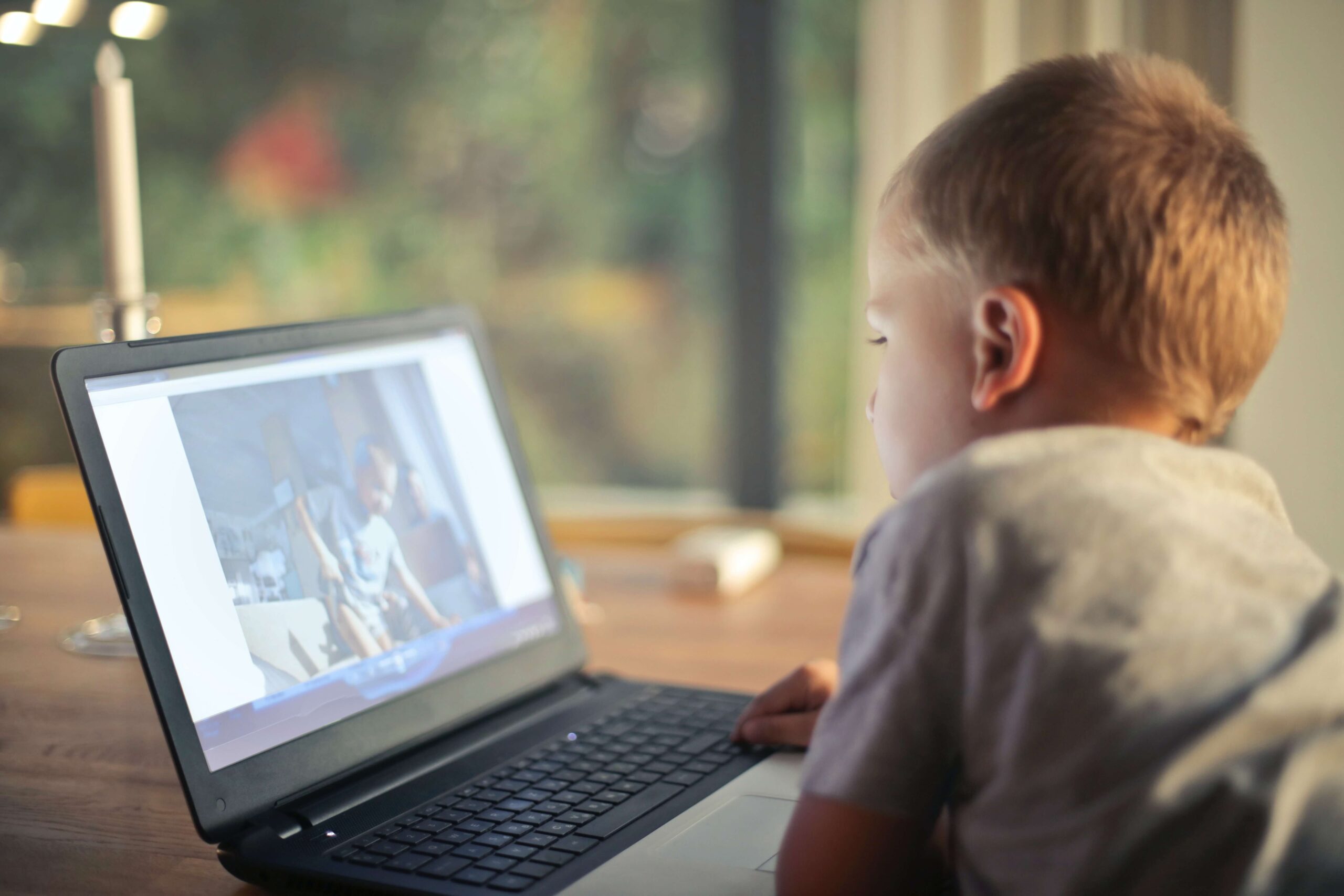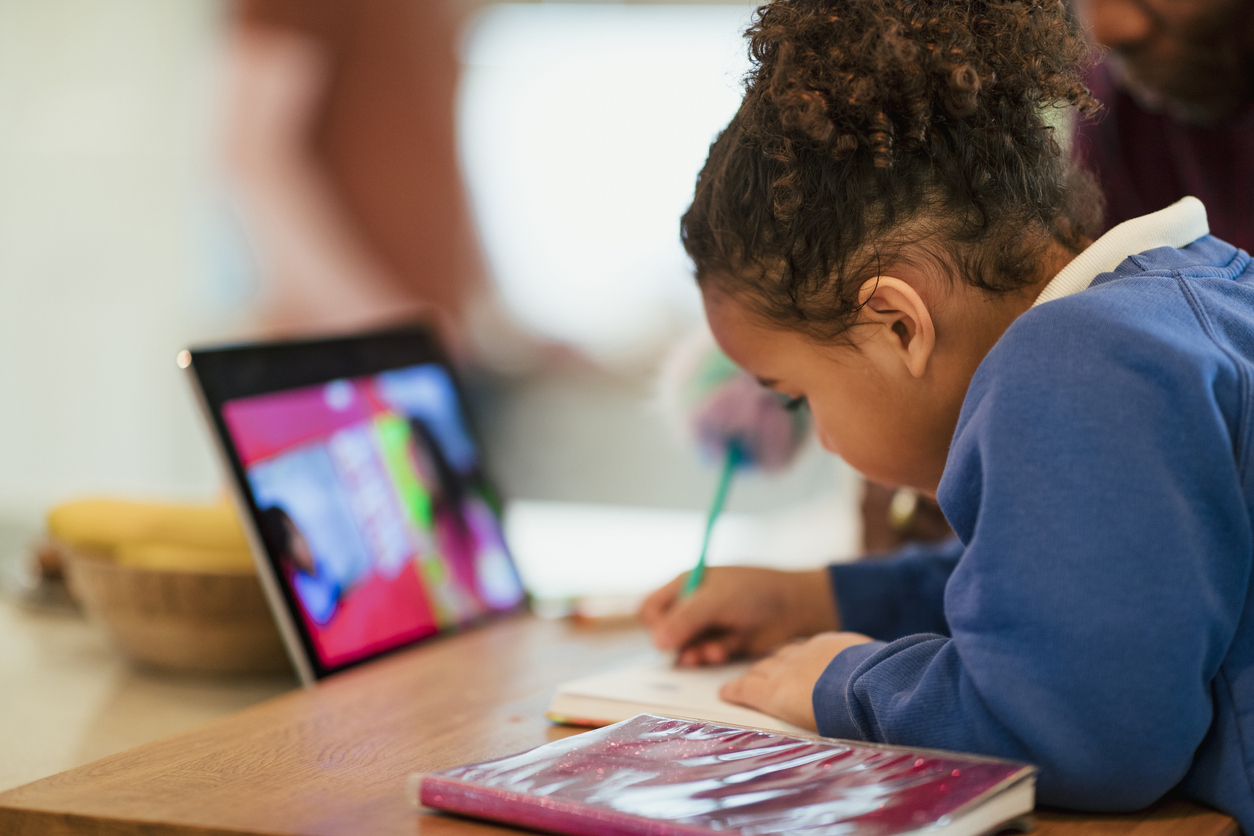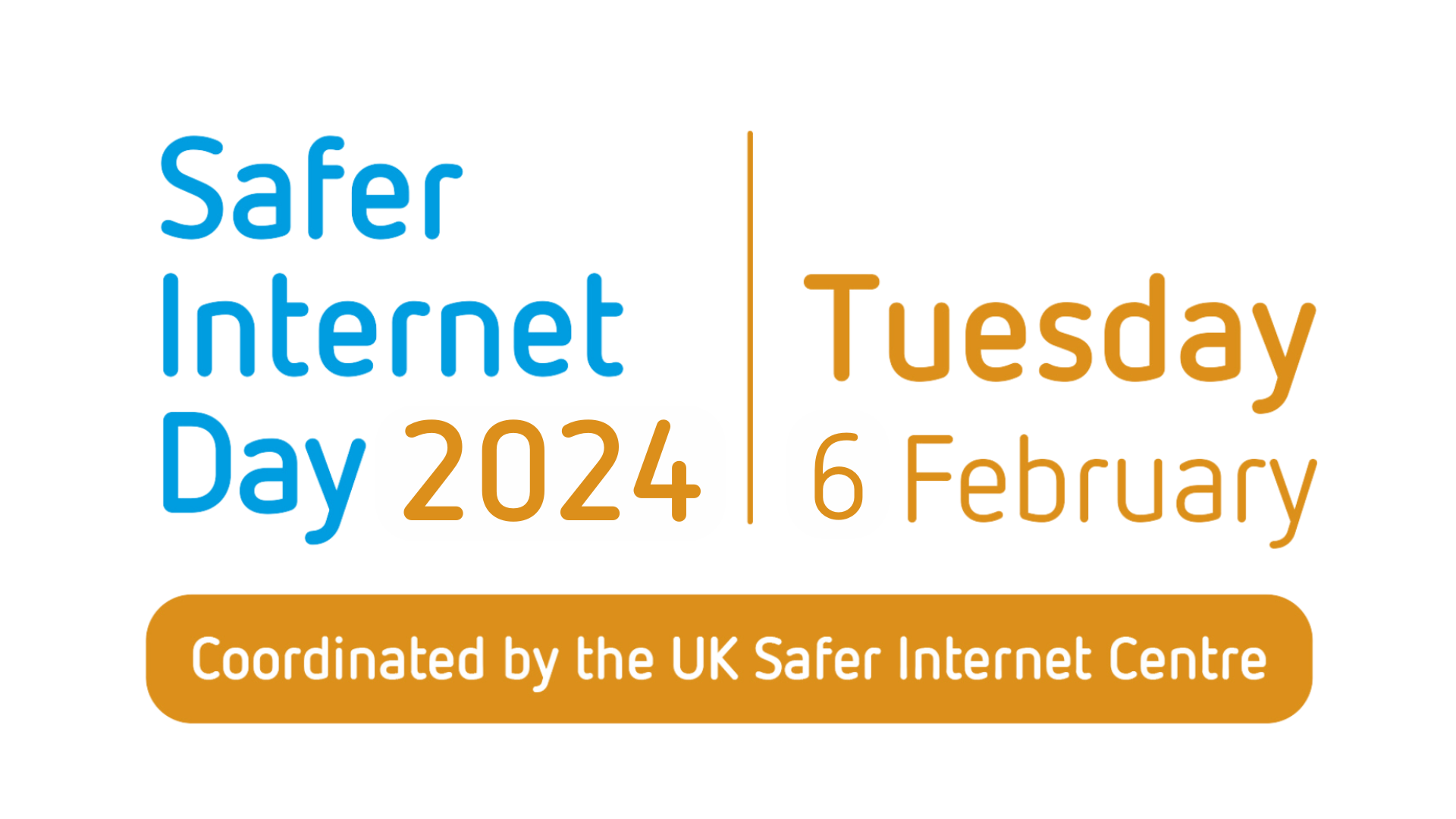During this period of limited physical interactions, kids and adults alike are leaning on digital media as substitutes for entertainment and socialization. Driven by the Covid-19 pandemic, screens have become more than just babysitters. Today, screens are educators, entertainers, and virtual nannies that are accessible on-the-go and are available anywhere and anytime a parent or child needs it.
But how is this increased screen time impacting kids and Young Teens, and what does this mean for brands? Keep reading to learn more about how to navigate this new normal online, including our top 5 tips to engage digitally with screen fatigued youth audiences.
What is screen fatigue?
Screen fatigue refers to a discomfort in vision or general exhaustion due to excessive device usage. This year, Covid-19 restrictions have forced many in-person activities to transition into digital environments. As we rely on devices more often and for longer periods of time, screen fatigue has become more prevalent: Google searches for the term “Zoom fatigue” spiked in March 2020, when pandemic lockdowns first began.
Are young people experiencing screen fatigue in 2021?
Adults are not alone in navigating this new normal. Since March 2020, screen time for kids and Young Teens has more than doubled. Instead of taking the bus to school, kids are learning at home in remote environments. Instead of seeing their friends in the cafeteria or during after-school sports, they are connecting through Zoom, social media, and even within gaming platforms. Their favorite artists are hosting digital concerts, and the biggest movie releases can be accessed directly from their couch.
And while this time spent on devices means that life can move forward, it is also draining. We’re now seeing kids self-policing their own screen time in ways we’ve never seen before; the majority of parents of children ages 1-9 told us that their children are getting bored and no longer see screen time as a reward. With weekdays being spent inside and in front of screens, kids now look forward to outdoor play and spending time with their families on the weekend.
Navigating your youth digital marketing strategy during times of screen fatigue
Our research indicates that kids are taking necessary breaks from their devices. However, this doesn’t mean that screens are any less important to kids or are going away anytime soon. On the contrary, kids are more invested in digital content than ever before.
A safe and thoughtful digital strategy is still imperative. However, brands must be mindful of how screen fatigue impacts the content they create, the audiences it is created for, and how to measure the effectiveness of that content during atypical times.
Here are our top 5 tips for navigating your youth digital marketing strategy this year:
- Integrate the physical: For kids, physical toys and games are having a new cultural moment. Consider the real-world components offered by your brand and incorporate them into your digital offerings whenever and wherever applicable. If your offering is purely digital, you can win with kids, Young Teens, and even their parents by encouraging physical activity and screen time breaks. Remember that time spent away from devices is healthy; kids will return to your content when they are ready. They will also have a higher likelihood of returning to your content if they (and their parents) feel like you are trying to keep them healthy and safe.
- Provide value: Much like adults, kids and Young Teens are up against uncharted and difficult circumstances. They are bored of spending time at home, tired of missing their friends and loved ones, and craving familiar experiences. Content that provides comfort and reassurance or offers an escape from the mundane will stand out.
- Experiment, experiment, experiment: During these times, your tried and true playbook cannot be depended on. Now is the time to think outside the box. Are you delivering content on the weekends when kids are away from their screens? Can you repurpose long-form content into shorter, attention-grabbing clips? Look at your current media mix, your strategies, and your content and ask yourself how to make it Covid-contingent and Covid-compatible.
- Expect variations: As kids grow increasingly tired of screen time, we may eventually see a decline in kids’ device usage or fluctuations in trending content formats and platforms. We encourage you to speak with kids and Young Teens directly to determine how they are searching for trends and letting others fade into obscurity. Learning from them may help you salvage your trendy content or create the next new thing.
- Make it safe and seamless: The pandemic has driven many consumers to online shopping, a trend that’s likely here to stay. We’ve seen between a 15-30% increase in eCommerce spending, depending on the vertical. Build brand affinity by ensuring that it is as easy as possible for busy and screen fatigued parents to locate and purchase the products that their children are requesting. Moreover, ensure that your eShopping offerings are mindful of how bored kids might accidentally use a stored credit card to access a new feature of a game or have something delivered.
Looking for more insights?
We can help you navigate this complex and ever-changing landscape. Get in touch today to learn more about how we can support your brand with an insights-driven strategy that makes an impact.







